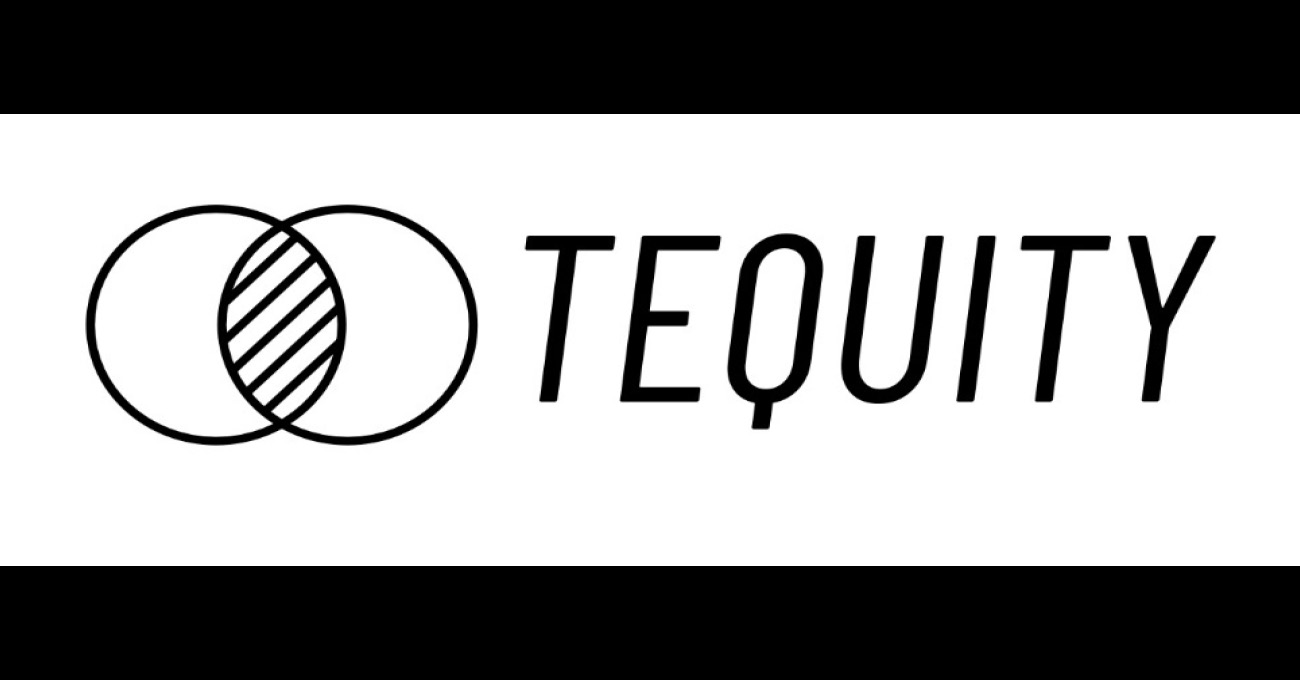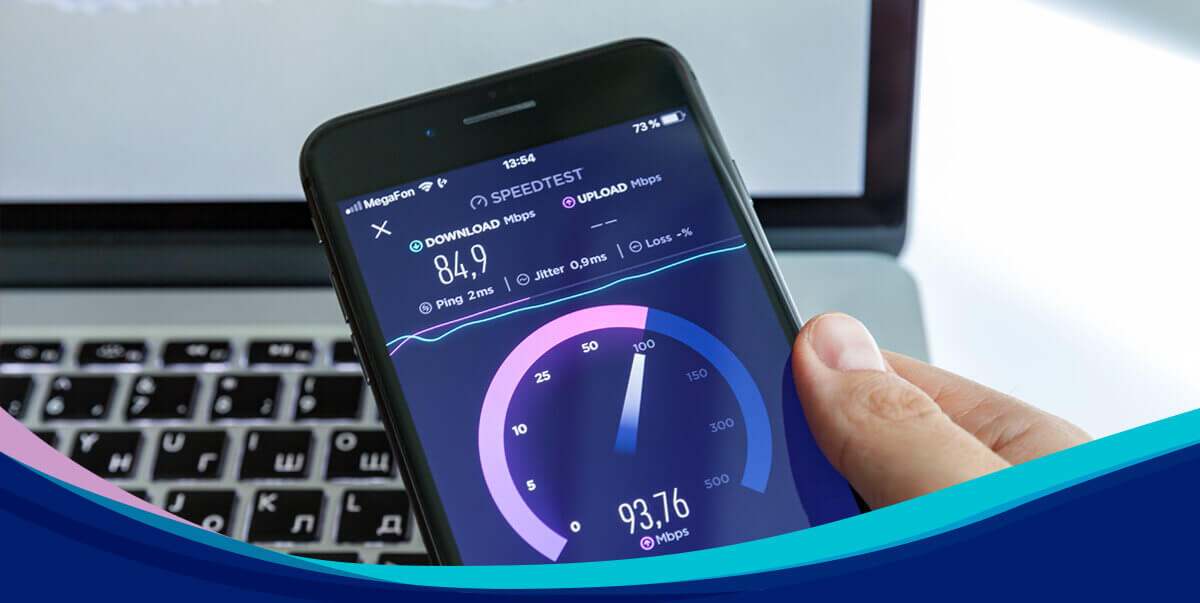
In this article, we look at the performance of mobile networks in the six countries of the Gulf Cooperation Council (GCC) during the first half of 2023 for their ability to support gaming services. To this end, we introduce Ookla’s Game Score™ to quantify the gaming experience and analyze four network metrics that typically impact mobile gaming: download speed, upload speed, latency, and jitter.
Key takeaways
- The Gulf region offers strong growth potential for mobile gaming. The region benefits from a large youth demographic, a growing casual gaming base, widespread smartphone adoption, and high-speed internet access. Operators and governments are also helping to increase public engagement in gaming.
- The U.A.E., Bahrain, and Qatar had the highest Game Scores in the Middle East (83.49, 83.24, and 82.81, respectively, on a 100-point scale). These countries have superior mobile network performance that helps to deliver a good gaming experience. Their Game Scores were also higher for 5G compared to 4G, highlighting the importance of network upgrades and migrating customers to 5G.
- Relatively high latency in some markets can make some games glitchy. Most casual gamers should be able to enjoy a smooth experience over 5G thanks to fast download and upload speeds, but some latency-sensitive games (like multiplayer shooters) may have noticeable lags. Mobile operators can explore different approaches (such as deploying edge computing infrastructure) to improve game responsiveness and prepare their networks for more data-intensive games.
Ookla’s Game Score™ helps quantify the gaming experience
Game Score™ compares the performance of operators’ networks in terms of their ability to offer the best gaming experiences to consumers. The score is composed of different components, each measuring a different aspect of a consumer’s gaming experience based on multiple network key performance indicators. Game Score™ is based on Ookla’s consumer-initiated Speedtest Intelligence® results for download and upload speeds, as well as Consumer QoE’s™ latency and jitter measurements taken on real-world game servers.
Each component is evaluated and scored on a scale of 0-100 for each eligible operator. Finally, scored components are combined in a weighted average to produce a Game Score for each operator. For this article, we aggregated the scores of eligible operators to obtain a country-level Game Score. More details about our Game Score methodology can be downloaded from this link.
The Gulf region offers strong growth potential for mobile gaming
According to BCG, the Middle East region has the highest gaming penetration: more than 60% of the population are game enthusiasts. The audience for live-streaming games is expected to exceed 200 million in 2025, making the Middle East one of the fastest-growing regions for gaming.
The GCC region, in particular, has strong growth potential in terms of active gamers and e-sports participants thanks to its large youth demographic, sizable disposable income, access to high-speed connectivity, and the ongoing development of gaming infrastructure (such as hosting local gaming servers and setting up gaming arenas and e-sports facilities). The market will expand as gaming becomes more mainstream and more female users and older demographics engage in gaming.
5G is also helping to increase mobile gaming adoption as it enables smoother gameplay than 4G. According to the GSMA, around half of surveyed 5G users (or those intending to upgrade to 5G) in eight developed markets game frequently compared to around 30% among non-5G users. More operators are also bundling gaming services into their 5G plans, making mobile gaming more mainstream. Operators consider gaming as a growth area and a means to increase customer engagement and differentiate their connectivity propositions (see table below).
Local governments have also implemented strategies to develop a local gaming ecosystem to diversify their economies. For example, Saudi Arabia has a national gaming and e-sports strategy while the U.A.E. aims to encourage global gaming producers to establish a local presence.
Recent gaming-related propositions and initiatives
| Bahrain |
Batelco introduced a mobile gaming portal in 2022 stc offers stc play app and organizes e-sports tournaments. It partnered with gaming infrastructure provider Subspace in 2019 to improve the multi-player experience in the region Zain offers a mobile game pass with a dedicated data allowance for popular games |
|---|---|
| Kuwait |
Zain has a dedicated e-sports division that hosts tournaments. It partnered with PLAYHERA to establish a gaming and e-sports platform in 2022 Ooredoo offers gamer-dedicated 5G and fiber plans with reduced latency. It also organizes e-sports competitions stc offers a 5G plan add-on that promises to reduce latency, jitter, and packet loss |
| Oman |
Omantel launched ‘GeForce NOW’ cloud gaming service in partnership with NVIDIA. It also offers an add-on to get 100 Mbps extra speed on fiber and a dedicated mobile add-on for game data traffic Ooredoo organizes local e-sports tournaments |
| Qatar |
Ooredoo launched the first e-sports tournament in Qatar, part of its e-sports brand, Ooredoo Nation – Gamers’ Land, in 2021. In 2023, it launched Ooredoo Nation League as a hub for Qatari gamers Vodafone commercialized the Vive Cosmos headset with a subscription to VIVEPORT Infinity, a repository of VR games, apps, and videos |
| Saudi Arabia |
stc launched ‘stc play’ e-sports and game distribution platform and rolled out the Blacknut cloud gaming platform. It also offers a mobile data add-on tailored for gamers Mobily launched an e-sports platform for gamers powered by D11 Gaming. It also offers Game Mode, an add-on for unlimited use of PUBG Mobile and League of Legends: Wild Rift games Zain launched ‘GeForce NOW’ cloud gaming service. It also offers a fiber package dedicated to gaming that includes a low-latency router, up to 500 Mbps for download and 200 Mbps for upload speeds |
| U.A.E. |
Etisalat by e& launched ‘Arena Play’ mobile add-ons to enable customers to play without incurring data charges. It also introduced ‘Arena eLife’ fixed broadband add-on to access many games online from home du launched Games Instant Play as part of its ‘My World’ mobile portal |
Bahrain, Qatar, and the U.A.E. had the highest Game Scores in the Middle East
The U.A.E., Bahrain, and Qatar had the highest Game Scores during the first half of 2023 in the Middle East. That means that users in these countries get the best mobile gaming experience in the region. The U.A.E. is home to the fastest 5G operator globally in Q2 2023, according to Ookla Speedtest Intelligence™ data. The U.A.E. comes first with a Game Score of 83.49 on a 100-point scale (considering all mobile technologies). The U.A.E. was closely followed by Bahrain with a score of 83.24 and Qatar with a score of 82.81. These results reflect the superior mobile network performance in these three markets which helps to deliver a good gaming experience. Kuwait, Saudi Arabia, and Oman were further down the Game Score ranking, achieving scores of 80.41, 78.74, and 75.40, respectively.
Game Scores were consistently higher for 5G than 4G users in all Gulf countries. The gaming experience benefits from the larger bandwidth and lower latency offered by 5G, contributing to smoother and more responsive gameplay. Game Scores on 4G lagged those on 5G by a range from 5.37% in Oman to 8.26% in Saudi Arabia. Gulf operators have the potential to improve the gaming experience by continuing to improve their 5G infrastructure, migrating more customers to 5G, and establishing local gaming servers.
In the following sections, we break down the Game Score into its components to understand how being on a 4G or 5G network can affect the everyday gaming experiences of Gulf-based mobile users.
Gaming download and upload speeds are markedly higher on 5G than on 4G, making mobile gaming more enjoyable
Download speed is essential in creating a smooth gaming experience without interruptions or degradations in streaming quality. High download speeds are also important for downloading digitally distributed games and updates. Download speed requirements for online mobile gaming vary depending on the game type (for example, cloud gaming needs higher bandwidth than a game played on a smartphone), gamer profile (for example, competitive gamers will need higher bandwidth than casual players) and use cases (for example, downloading game updates compared to playing preload games).
For the purpose of this analysis, we assume that 25 Mbps is the minimum download speed to enjoy a good gaming experience for casual gamers (who represent the majority of gamers). According to Ookla’s data, all Gulf markets comfortably exceed that requirement on 4G and surpass it significantly on 5G. Kuwait had the lowest download speed over 4G in the first half of 2023 at 35.12 Mbps. In contrast, Oman had the lowest 5G download speed at 176.79 Mbps.
U.A.E. offers the fastest median download speeds for both 4G and 5G at 69.17 Mbps and 566.10 Mbps, respectively, ahead of Qatar and Bahrain which rounded out the top 3 in the region. 5G offers significantly better performance than 4G in all markets. The median 5G speed across Gulf countries was 6.8X faster than the median 4G speed (345.53 Mbps vs. 43.9 Mbps).
Upload speed also plays an essential role in creating a smooth gaming experience without interruptions or quality degradation, particularly in multiplayer games. We use 3 Mbps as a reference point based on the recommended minimum upload speed for a good gaming experience for casual gamers.
Ookla’s data shows that Gulf markets are crushing it when it comes to exceeding upload requirements for both 4G and 5G. The lowest median upload speed recorded on 4G was in Saudi Arabia at 10.87 Mbps; For 5G, it was in Oman at 17.28 Mbps. Median upload speeds on 5G were 1.27X faster than those on a 4G network in the region. The gap between 4G and 5G upload speeds is larger in Bahrain, Saudi Arabia, and the U.A.E., which means that gamers in these countries could see the most significant improvement in gameplay and streaming quality when switching from 4G to 5G. In absolute terms, Qatar, Bahrain, and the U.A.E. offer the fastest upload speeds, reaching a maximum of 38.48 Mbps for the latter.
Relatively high latency in some markets can make some multiplayer games glitchy on 5G
Game Latency is a measure of latency to popular gaming server locations. Latency affects how quickly a gamer’s response is reflected in gameplay and is of particular interest to those who prefer games where reaction time is crucial. Low latency can provide smooth and lag-free gaming. For this analysis, we consider a sub-100 ms latency to be good for many games and most casual gamers.
Ookla’s data shows that most countries, except Oman, recorded latency below 100 ms on 5G. Bahrain had the lowest latency on 5G at 72.01 ms, and Oman had the highest latency at 115.46 ms. Saudi Arabia and Kuwait also had a relatively high 5G latency at 93.2 ms and 90.31 ms, respectively, which means that some multiplayer shooters, racing, fighting, and multiplayer online battle arena (MOBA) games might have a noticeable lag. Operators have room to improve the conditions for multiplayer games, especially for competitive gamers.
Users saw more modest differences in latency between 4G and 5G than for download and upload speeds. That means that multiplayer gamers can still get decent gameplay on either network technology and may not perceive an improvement in response time when switching to 5G. However, enhancements in 5G infrastructure will widen 5G’s advantage over 4G and provide a stronger incentive for gamers to migrate over time.
The variation in latency to popular gaming servers, known as Game Jitter, can also cause laggy gameplay or distorted audio if it is too high. For smoother gameplay, latency should be consistently low. A jitter below 30 ms is considered good for casual mobile gamers.
Results show that the Gulf region has low jitter, especially on 5G. Jitter ranged from 8.26 ms in Bahrain to 13.43 ms in Oman during Q1-Q2 2023. Jitter on 4G was slightly higher than 5G in all countries except in Oman where it was surprisingly lower at 11.55 ms – both Ooredoo and Omantel recorded lower jitter on their 4G network than on 5G during the first half of 2023.
The localization of gaming servers, the rollout of 5G Standalone (SA), and edge computing can push mobile gaming performance to new heights
Mobile operators can explore different approaches to improve connectivity consistency, speeds, and latency compared to current 5G in order to support more data-intensive games, enhance the multi-player gaming experience on smartphones, and cater to competitive gamers.
- Shorten the distance between the users and the game servers. According to data published by the Saudi’s telecoms regulator, users can save, on average, 60 ms in latency when playing popular games with servers located in the GCC compared to servers in Europe. We expect more Gulf-based operators will host game servers in their data centers as more publishers strive to offer the best experience to local gamers.
- Deploy 5G Standalone (SA) to increase bandwidth and speed and enable ultra-low latency. Most of the 5G networks deployed in the Gulf region use the Non-Standalone (NSA) model, where the radio antennas (part of the radio access network) are based on 5G but the core uses a 4G infrastructure. As of July 2023, the GSA reported that seven operators in the Gulf region were evaluating 5G SA, while six have either deployed or launched the service. The migration to 5G SA is expected to reduce latency to sub-5 ms, which should help the multiplayer and cloud gaming experience.
- Deploy edge computing infrastructure to make gaming experiences more immersive. Edge computing enables new use cases with stringent bandwidth, latency, and availability requirements. Some local operators, such as Etisalat by e& and stc, have partnered with vendors and hyperscalers to develop edge computing capabilities to target enterprise customers. Operators should explore how to exploit these resources to support their own gaming and entertainment initiatives and support those of their partners.
The GCC region has a vibrant and untapped gaming market poised for tremendous growth. This potential hinges on the robustness of the telecoms infrastructure. Gulf operators’ investments in 5G infrastructure helped them climb Ookla’s Game Score leaderboard and demonstrated their commitment to putting their countries on the gaming map. Operators can continue to improve the gaming experience and further minimize latency by deploying local gaming servers, edge computing infrastructure, and 5G SA to make games more responsive and smooth. These improvements will put the region in an even better position to lead game development and foster the local gaming ecosystem.
https://www.ookla.com/articles/gaming-experience-gulf-countries-q1-q2-2023











